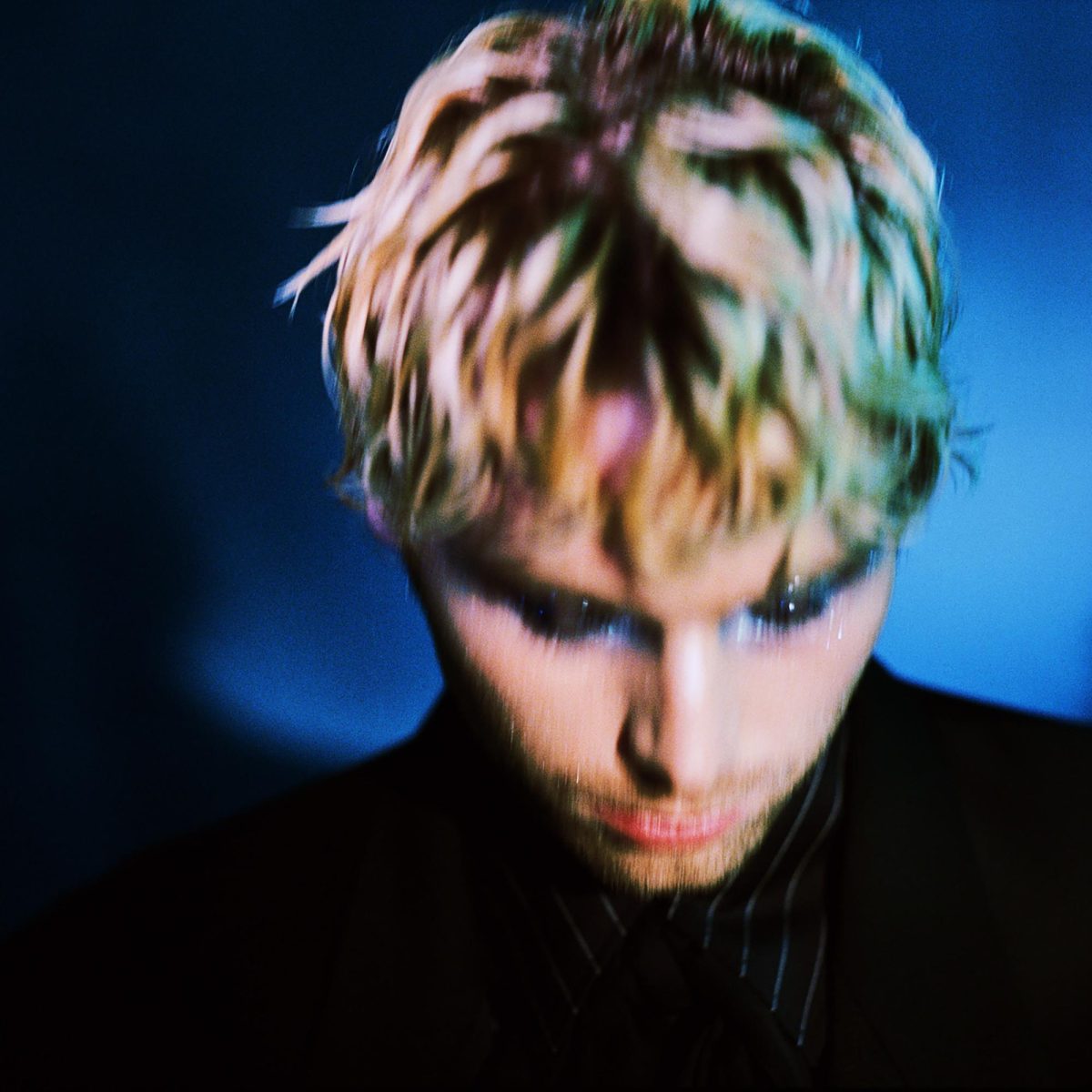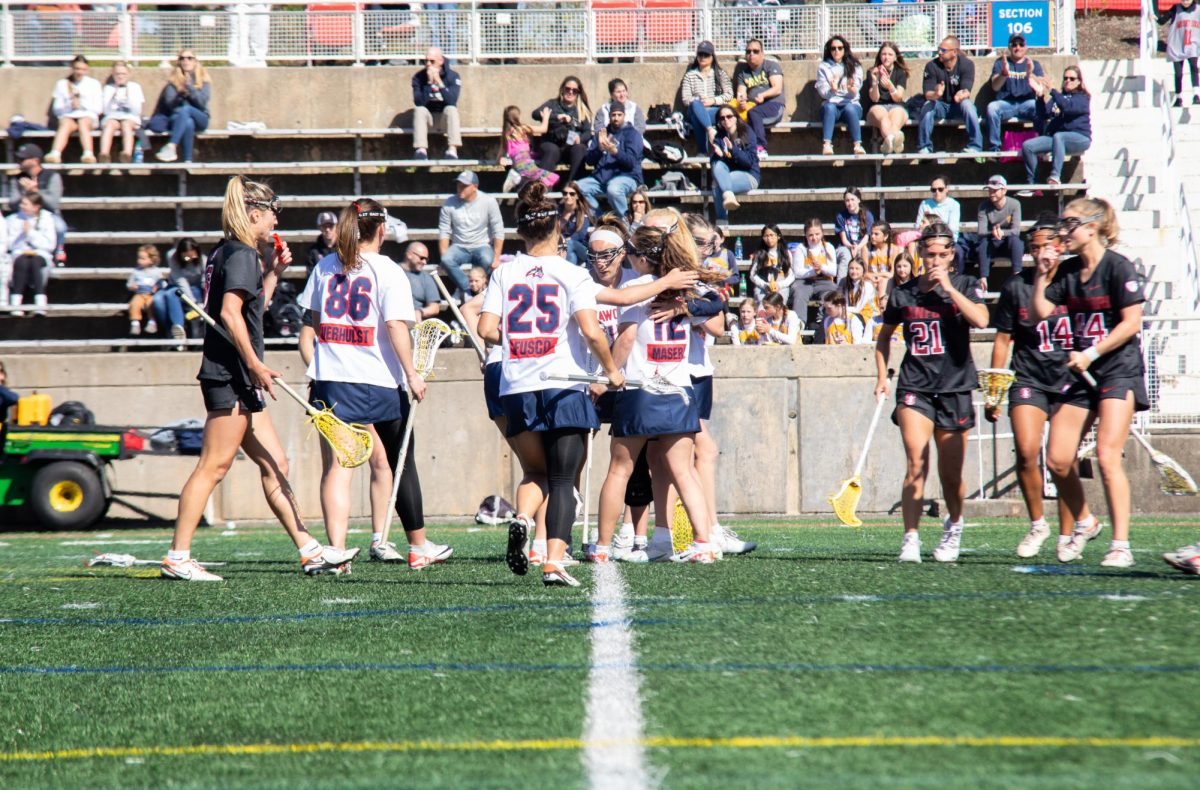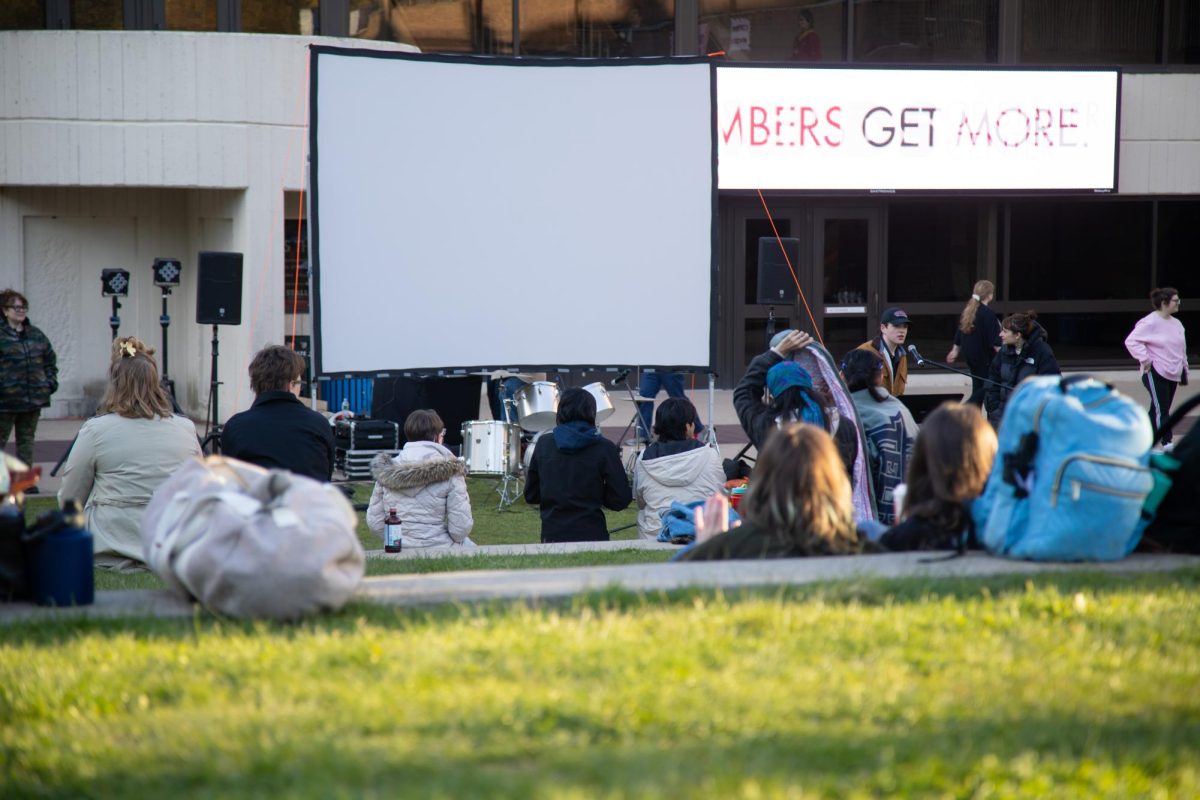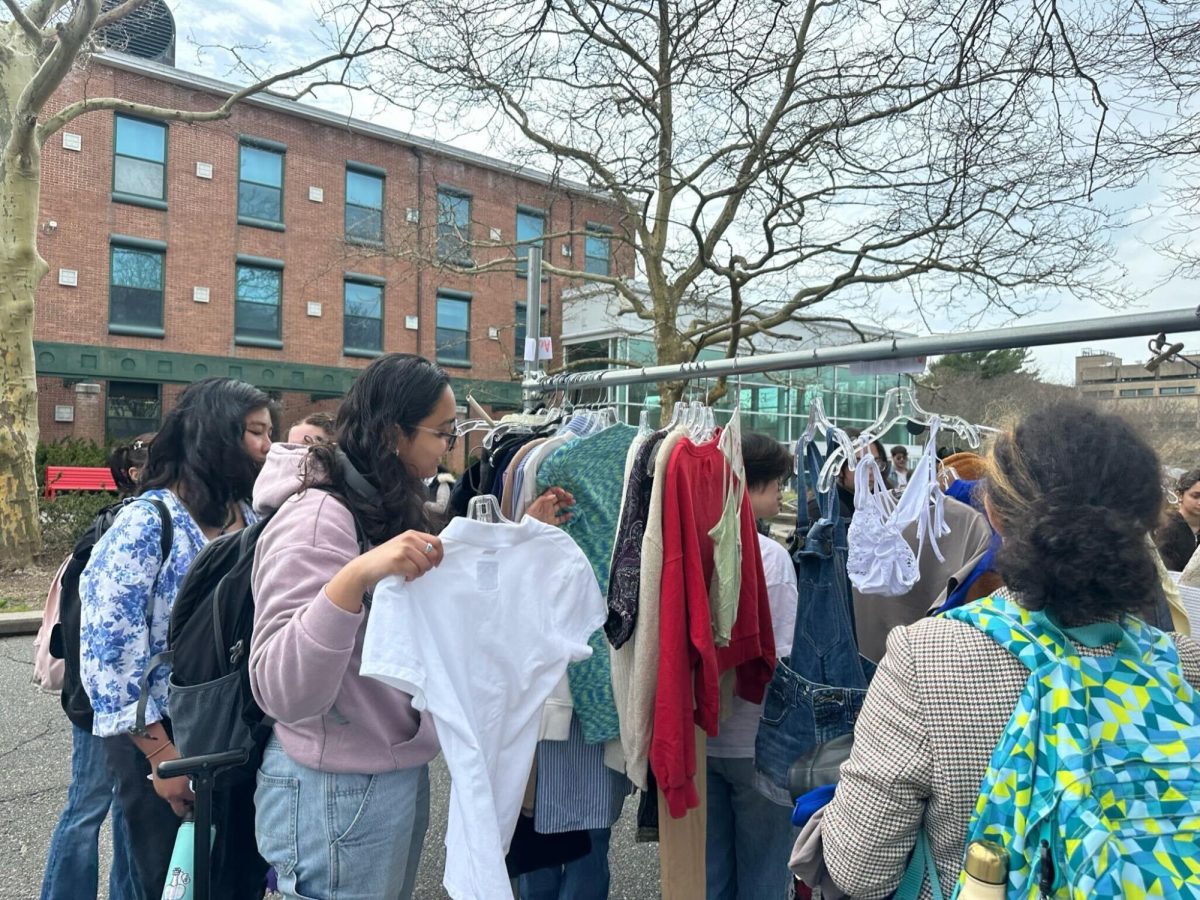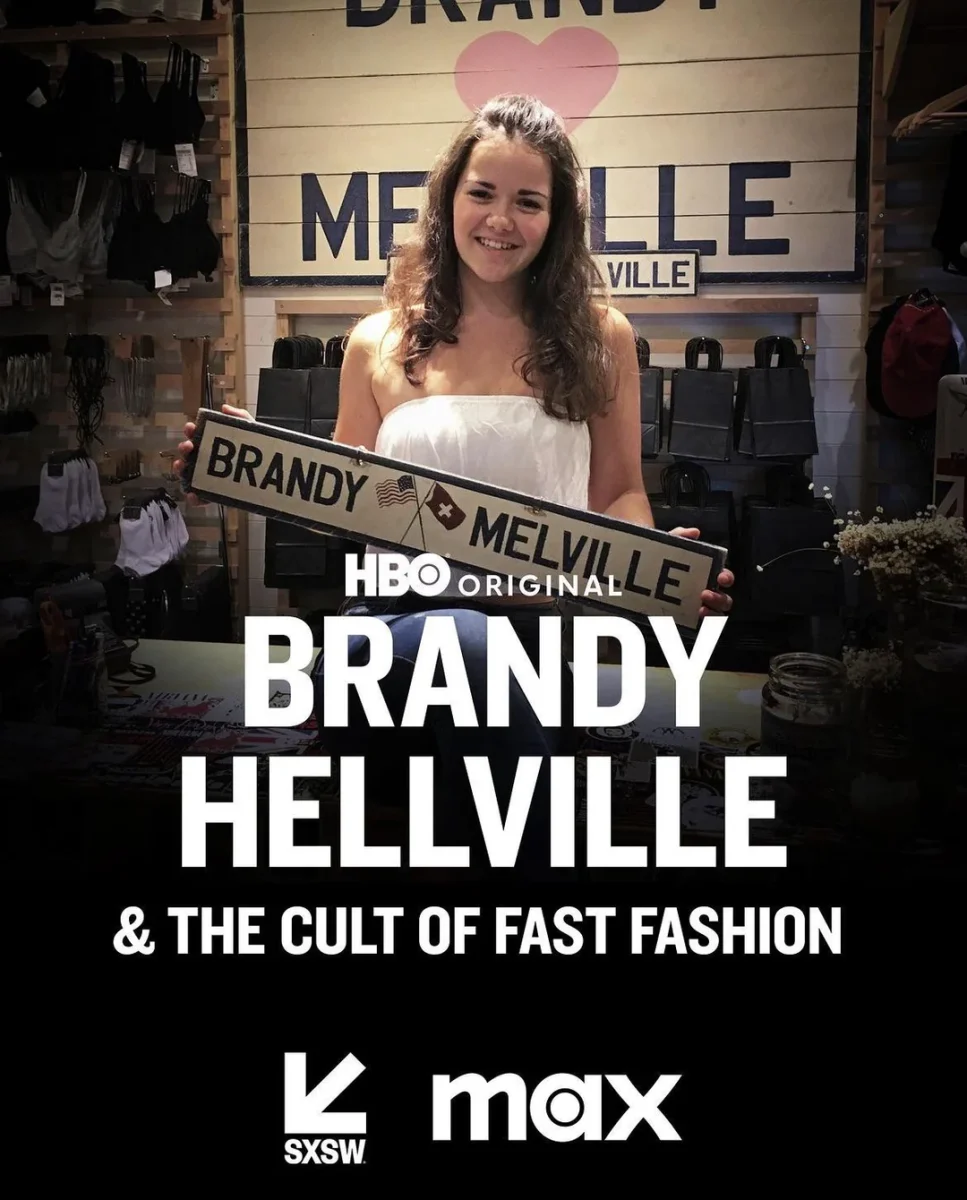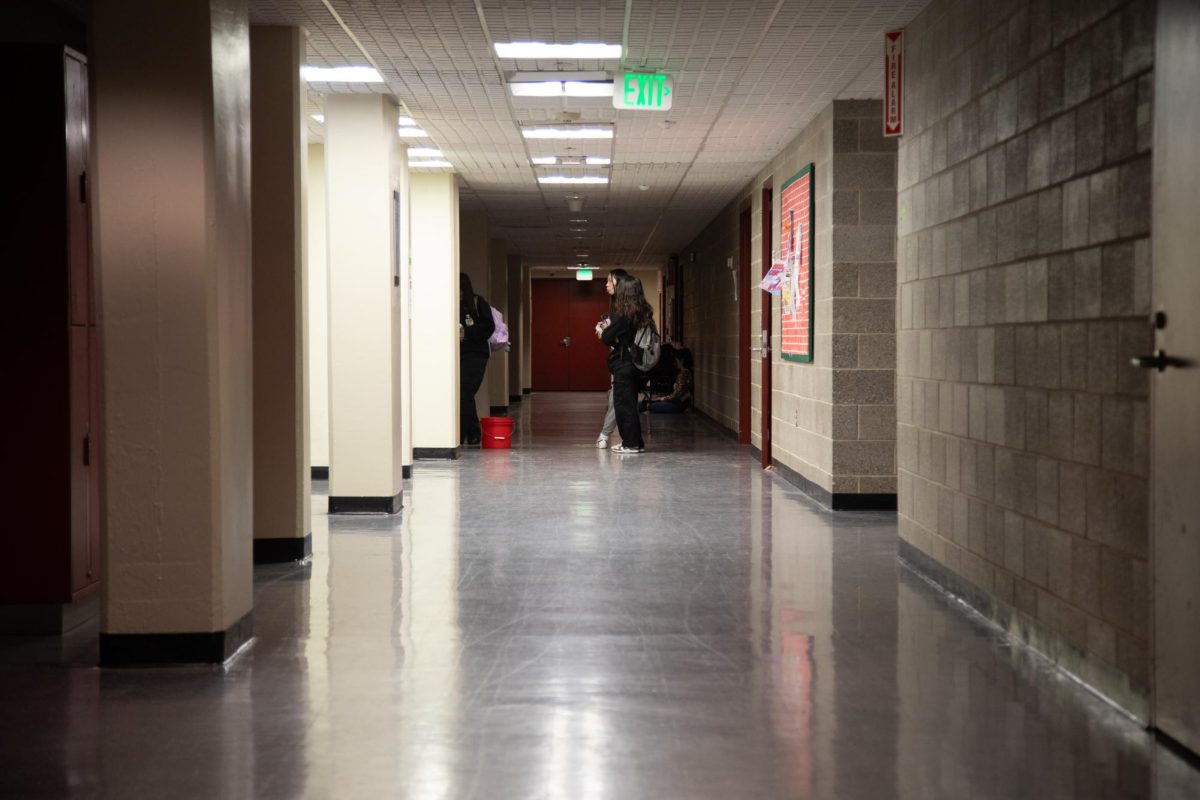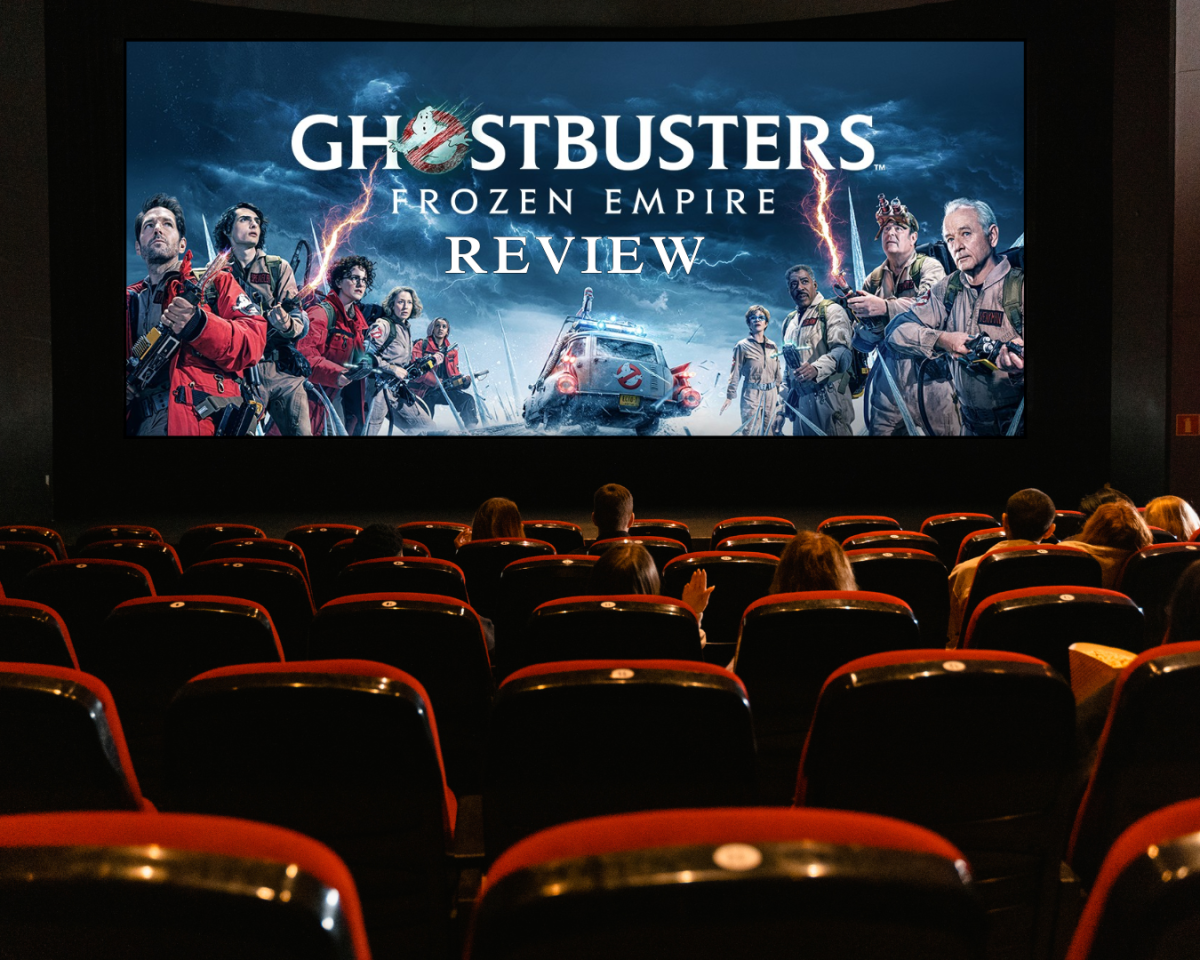
The production crew also successfully transformed the ballroom into a legit venue with dazzling light effects for the show, which was on Thursday, Nov. 29.
The show attracted a relatively smaller crowd when compared to the other Chicago-based mashup group, White Panda, who played at Stony Brook last year. This was likely due to approaching finals. However, this fact did not at all affect the enthusiasm this mixologist duo had transmitted to the audience.
The Hood Internet have really made their fame through the internet; With nearly 500 tracks just a few years after its 2007 formation, the duo has secured millions of downloads and supported fans at every show, a testament to its prolific creative clout.
They set themselves apart from the other mashup groups when they turned the unlikely into reality: setting edgy hip-hop tracks as the backbone of their rhythms and adding dreamy indie rock and their own beats for a seamless blend.
No song, whether it be mainstream or underground, can escape the duo’s insatiable, experimental spirit, fingers ready on the vinyl. Versatility is crucial in music, and the duo offers that.
The Hood Internet mixed an eclectic array of artists such as Whitney Houston and Chromeo together to make their song, “When the Night Knows;” Tyga and Neon Indian to make “Polish City;” Passion Pit and Juvenile for “Back that Sleepyhead Up;” and Wiz Khalifa and Phantogram to make “Move Up.”
A reviewer from The Consequence of Sound, a Chicago-based music website, compared them to Walter White, the brilliant chemist in Breaking Bad who concocts seemingly incompatible elements. The result is something that is not quite guaranteed perfection. The duo has said in previous interviews that its creative process is 50 percent inspiration and 50 percent trial and error.
In September, The Hood Internet moved forward from just remixing songs to their first original album, “FEAT,” putting their musical competency to test. The album featured collaborations with 23 different artists.
Artists like Class Actress, The Rosebuds, Hooray for Earth, Au Revoir Simone, Cadence Weapon, Zambri and AC Newman, who appears in the anticipated song “One for the Record Book,” all make appearances.
Their show at Stony Brook was opened by local act DJ Enclave, who was chosen by popular demand. Then, an hour into the concert, as the crowd was sufficiently warmed up, the duo took the stage and instantly hyped up the atmosphere.
Alisher Yakubov, a senior electrical engineering major, said after the show that the concert was, “Not the greatest show I’ve been at, but, for the money I paid for it, but it’s very worth it.” Regarding The Hood Internet’s performance, he said, “They are very energetic, brought me into the sky, I was so high off music. It blew me away!”
The Hood Internet, made up of Steve Reidell (also known as STV SLV) and Aaron Brink (also known as ABX), agreed to answer a few questions with The Statesman before their performance.
The Statesman (TS): What kind of visions do you bring to the mashup scene that set yourself from others? Not like, “Oh, it’s just mashup DJs,” but instead “this is The Hood Internet.”
The Hood Internet (HI): It’s our taste in music. I think a lot of people do mashups too, we’ve been doing this for five years; using the music that we’ve been listening to, there’s a very specific sound we’re going for, also a lot more tracks.
TS: People have compared you to Girl Talk, what’s your take on that?
HI: I like them because they always put on an energetic live show. We both do mashups for hip hop. I guess the difference is that he does short pieces, like for a three minute track mix he would mix probably 15 different tracks together, and we kind of extend on our piece and put only two, three songs in one track. He uses older stuff, and we do more stuff that are just coming out.
TS: Your hometown Chicago is a different environment compared to the metropolitan New York, how does your set vary for the two settings?
HI: Sometimes we play more local songs that the people in Chicago will know, but usually we play the same set across everywhere.
TS: I know in one of your previous interviews you made the official response of 50 percent inspiration, 50 percent trial-and-error, but where do you find that inspiration?
HI: Just from listening to music, new or old music. When you do this for awhile, you just know if this might be something good to bring to the dance floor.
TS: How long does it take from an idea to its finished cut for you guys? Or do you tend to work on several tracks at the same time?
HI: Ah, for an album it takes a long time; we spent years on it. Especially when people are in different places and we have to record that, send it back and forth to collaborate. But for some of the tracks we put online, it can be as short as a couple of hours.
TS: Hip-hop, indie and pop songs seem to be your favorite in mixtapes. Why this particular combination, and what kind of things would you like to try in the future?
HI: We just put together the music we like and listen to. Jazz! Jazz with more jazz!



